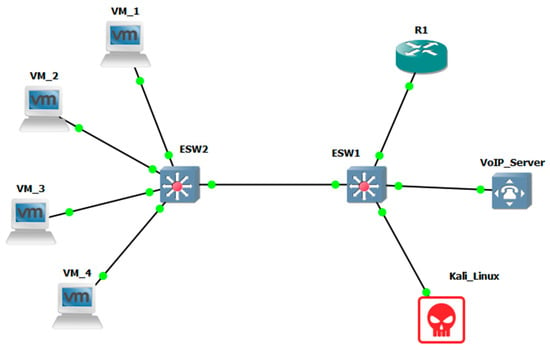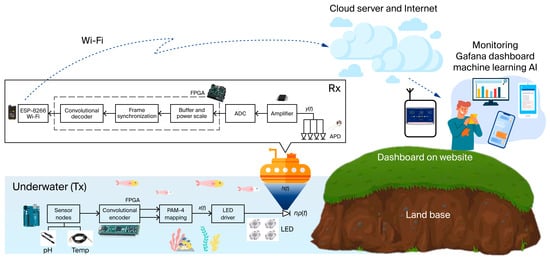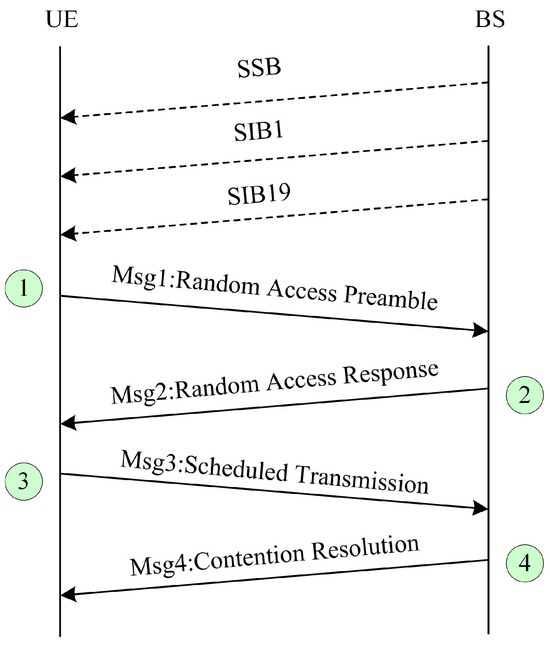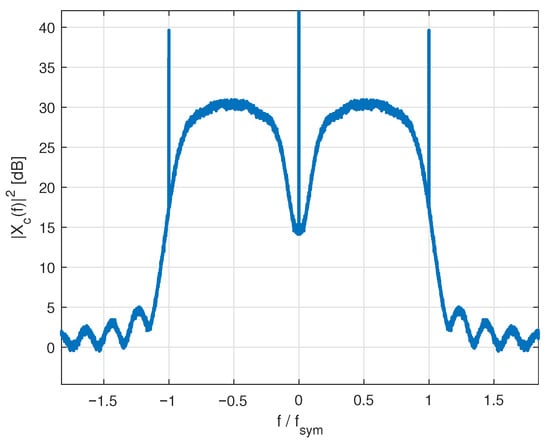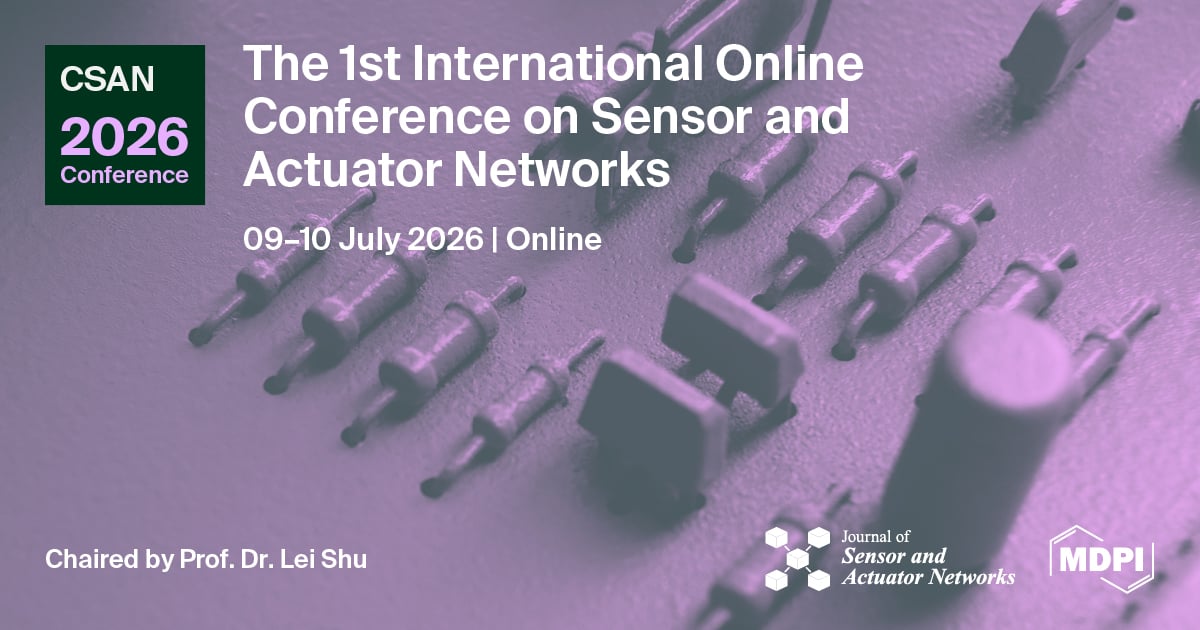-
 Closed-Form Approximation to the Average Symbol Error Probability for Cross-QAM over κ–μ Fading Channels with Experimental Validation in the Millimeter-Wave Band
Closed-Form Approximation to the Average Symbol Error Probability for Cross-QAM over κ–μ Fading Channels with Experimental Validation in the Millimeter-Wave Band -
 Highly Dispersive Optical Soliton Perturbation for Complex Ginzburg–Landau Equation, Implementing Three Forms of Self-Phase Modulation Structures with Power Law via Semi-Inverse Variation
Highly Dispersive Optical Soliton Perturbation for Complex Ginzburg–Landau Equation, Implementing Three Forms of Self-Phase Modulation Structures with Power Law via Semi-Inverse Variation
Journal Description
Telecom
- Open Access— free for readers, with article processing charges (APC) paid by authors or their institutions.
- High Visibility: indexed within ESCI (Web of Science), Scopus, Ei Compendex, and other databases.
- Journal Rank: CiteScore - Q2 (Electrical and Electronic Engineering)
- Rapid Publication: manuscripts are peer-reviewed and a first decision is provided to authors approximately 26.3 days after submission; acceptance to publication is undertaken in 5.9 days (median values for papers published in this journal in the first half of 2025).
- Recognition of Reviewers: APC discount vouchers, optional signed peer review and reviewer names are published annually in the journal.
- Journal Clusters of Network and Communications Technology: Future Internet, IoT, Telecom, Journal of Sensor and Actuator Networks, Network, Signals.
Latest Articles
Highly Accessed Articles
Latest Books
E-Mail Alert
News
Topics
Deadline: 31 December 2025
Deadline: 31 March 2026
Deadline: 31 May 2026
Deadline: 20 August 2026
Conferences
Special Issues
Deadline: 31 December 2025
Deadline: 31 December 2025
Deadline: 31 January 2026
Deadline: 30 April 2026





